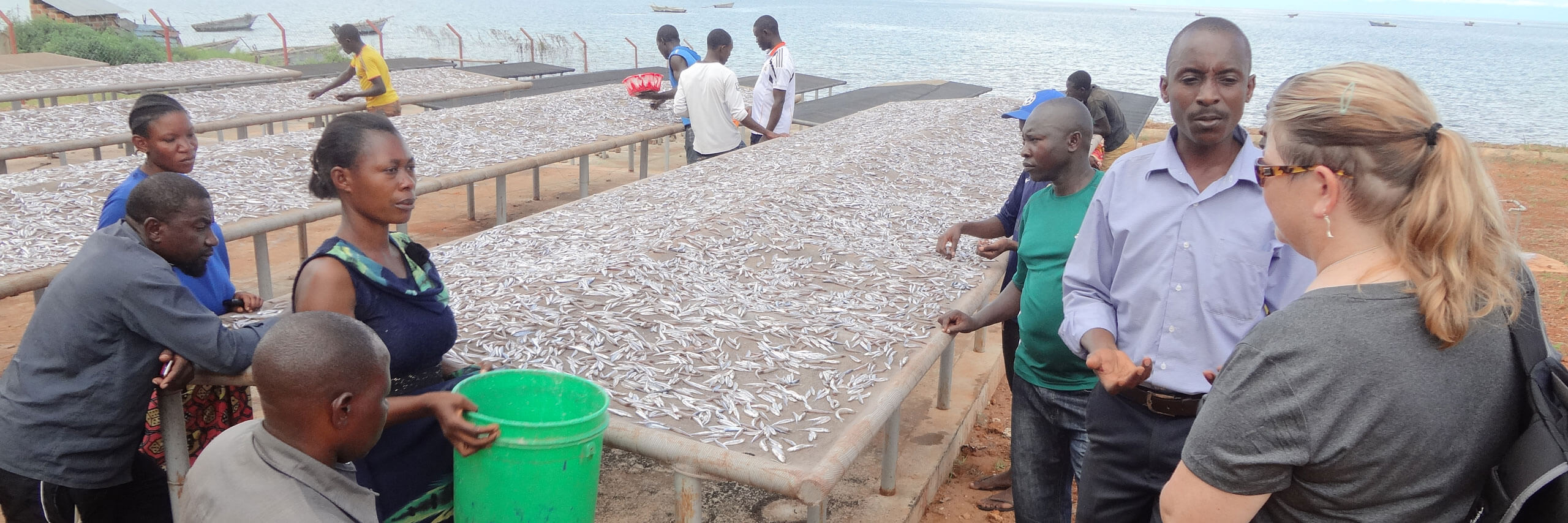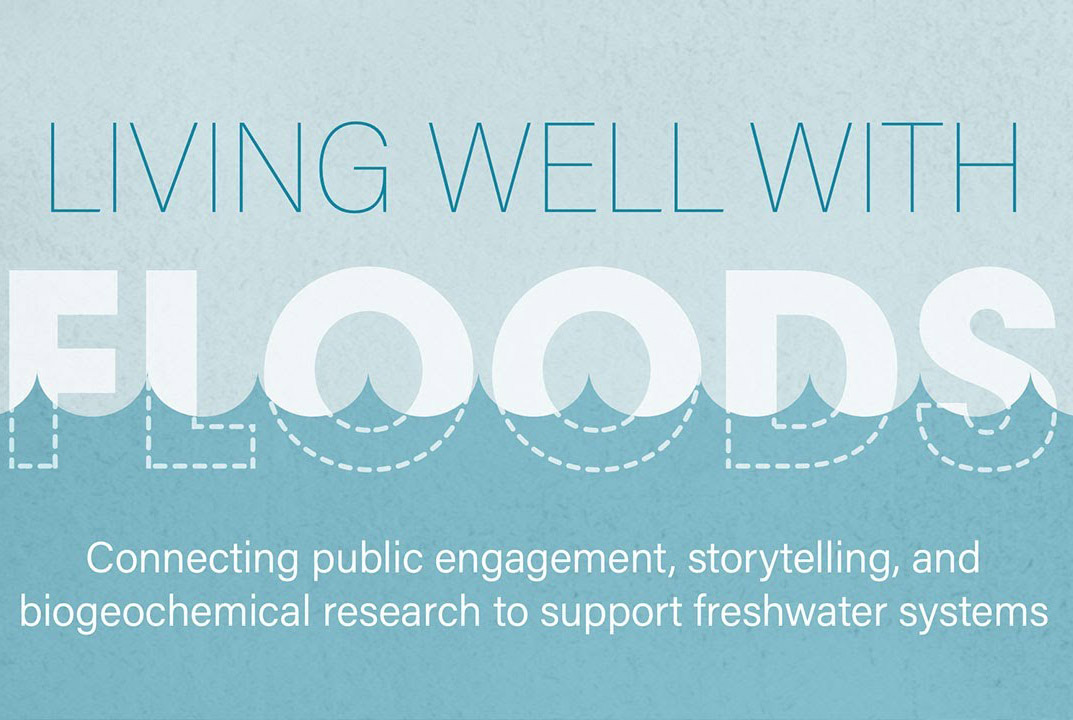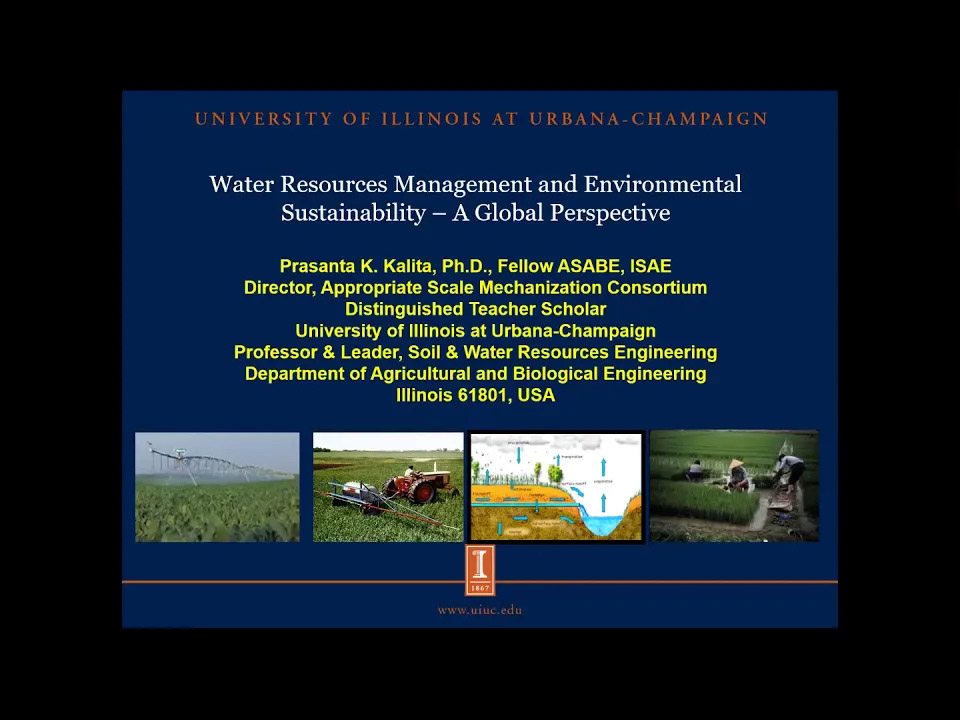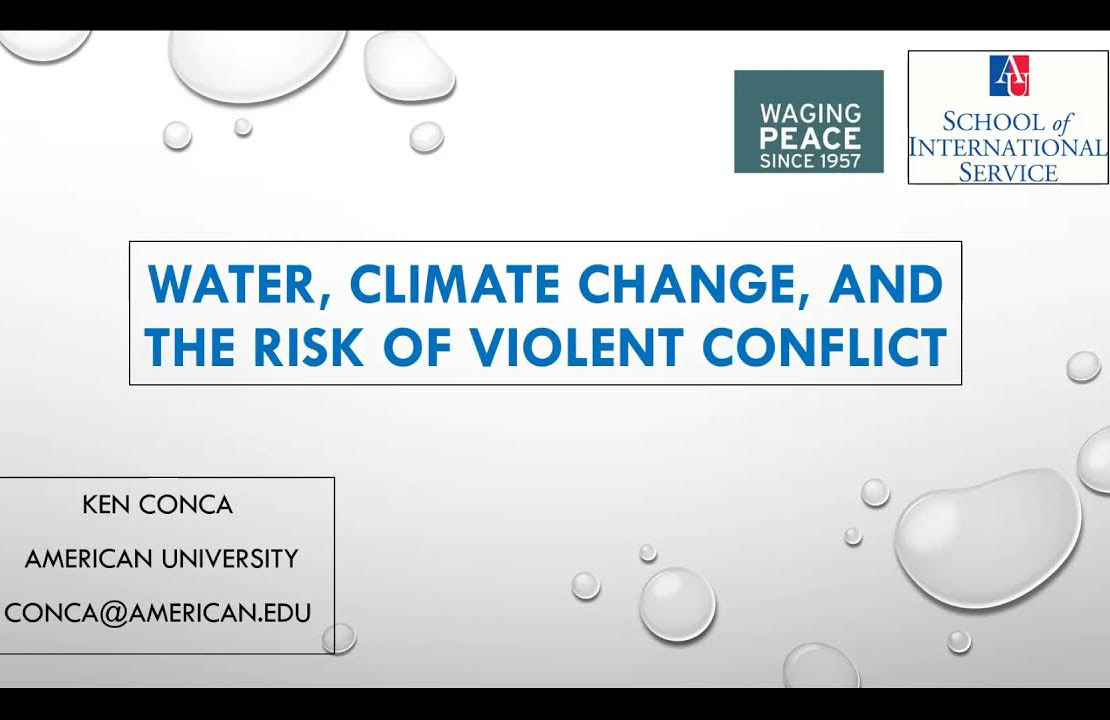
Scholarship
The Water Center supports research and creative activity at Illinois State to help ensure a sustainable future.
Student Research Grants
Grants are available for Summer 2022 and 2022-2023 Academic Year in collaboration with the Office of Student Research.
The Bird FEEDER Grant (Fund for Experimentation, Enquiry, and DEvelopment of Student Research)
The purpose of the FEEDER grant is to fund costs (up to $500) associated with outside the classroom, independent student research projects developed in consultation with a faculty mentor. Funding can be used for research supplies or research-related expenses/materials, including the printing of a poster for presentation. All currently enrolled ISU undergraduate and graduate students in good academic standing are eligible to apply for FEEDER funds.
FIRE Bird / Water Research Grant
The FIRE Bird/ Water Research program aims to engage undergraduates in intensive, faculty-mentored research on water-related themes. The program supports students to engage in research activities that they might not otherwise pursue due to time constraints, the need for research supplies, or access to research materials.
Current Activities
These projects are active and making a major impact on water sustainability.
Mitigating Future Threats to Biodiversity: The Role of Headwater Streams and Land Management Practices in the Kaskaskia River Watershed
Contributors
Dr. Joan M. Brehm, Co-Director of the Center for a Sustainable Water Future, Illinois State University
Dr. William Stewart, University of Illinois
Dr. Cory Suski, University of Illinois
Dr. Maria Librada Chu, University of Illinois
Overview
This study focuses on the protection of vital headwater streams to mitigate the negative impacts from rising temperatures and increase the productivity of these waterways that are critical to native fish biodiversity.
Based on current research, these low order streams were found to be surprisingly rich in biodiversity but yet were predicted to be the most fragile and least resilient to future climate change regimes. As a result, this study proposes a place-based examination of select low order streams and associated landowners in the Lake Shelbyville/Kaskaskia River reach of the Upper Kaskaskia River Watershed.
With the collaboration of the Kaskaskia River Watershed Association and the Shelby County Farm Bureau, key landowners will be identified that own land with low order streams identified as being vulnerable to biodiversity loss due to climate change, derived from modeling activities as part of an ongoing USDA project.
Key informant interviews will be conducted with landowners to gather a more in-depth understanding of how they view these streams, their identity as a “good farmer,” and how they view and their willingness to engage in conservation practices that extend beyond water quality protection to include promotion of biodiversity and ecological resilience in the low order streams that dissect much of the large swaths of agricultural land in the Kaskaskia River.
Stream Conservation and Best Management Practices Field Day
We partnered with the Illinois Farm Bureau and the University of Illinois to share information about the significance of headwater streams and practices.
Funding
This project is funded through the Illinois Innovation Network, Sustaining Illinois Seed Funding.
Utilizing a TRAC and a tracer test to better quantify the dynamic movement of shallow groundwater Contributors
Contributors
Joseph Hoberg, Geology
Dr. Eric Peterson, Project Mentor
Overview
Tracer tests are a common means to discern the hydrologic and transport properties of an aquifer. Conservative ion tracers, such as dissolved salts, are common choices for use as groundwater tracers, but the introduction of large quantities of salts can elevate the concentrations to acute levels for organisms and can create density-driven flows. Rhodamine WT dye is widely used in karst systems but not in Darcian systems.
We explored the questions “Can Rhodamine WT dye be used as a groundwater tracer is a Darcian system comprised of weathered diamicton?”, and “How well does Rhodamine transport compare to the transport of ion tracers?” Six (6) Kg of sodium chloride (NaCl), 4 Kg of sodium bromide (NaBr), and 1 Kg of Rhodamine WT dye (25000 ppm) were injected into a saturated buffer zone (SBZ) via diversion box and drainage tiles. Following the injection, water samples from wells installed in the SBZ were collected and analyzed for dye, Cl, and Br concentrations.
Breakthrough curves for the dye were similar to those of Cl and Br, confirming similar transport dynamics. Inspection of the breakthrough curves for travel times indicated that on average 12 days after injection each well received its largest concentration of the dye (Peak), and two days after peak arrival dye concentrations for all wells had lowered. Peak concentrations for Cl and Br arrived on average 16 and 14 days after injection, respectively.
Identification of the time each ion tracer had left the system was difficult to discern, a storm event occurring 31 days after injection will serve as the upper limit. Breakthrough curves modeled utilizing TRAC simulated travel velocities based upon known hydrologic parameters for the system. Differences among the travel velocities exist among the tracers; however, the differences are minimal.
Overall, the similar arrival times and breakthrough curves of Rhodamine dye, Cl, and Br suggest that Rhodamine dye can be used as a groundwater tracer in weathered diamicton. Future research and replication must be conducted in order to further explore and refine this technique.
Funding
Funding was provided by the Illinois State University Office of Student Research and the Center for a Sustainable Water Future.
Future Activities
We're working to bring these projects and activities to campus soon.
Canal by Canal
Participate in this exhibit to celebrate World Water Day on March 22, 2022.
About the Exhibit
This exhibit will feature a public lecture by Dr. Erik Nordman. He'll discuss his book The Uncommon Knowledge of Elinor Ostrom. His lecture will be accompanied by an exhibition of photographs by Assistant Professor of Photography Jason Reblando.
The exhibit will showcase the landscape, a community of irrigators, and the water court of southeastern Spain – just one of Ostrom’s successful examples of environmental governance that have stood the test of time.
Past Activities
Learn from some of our past events.


